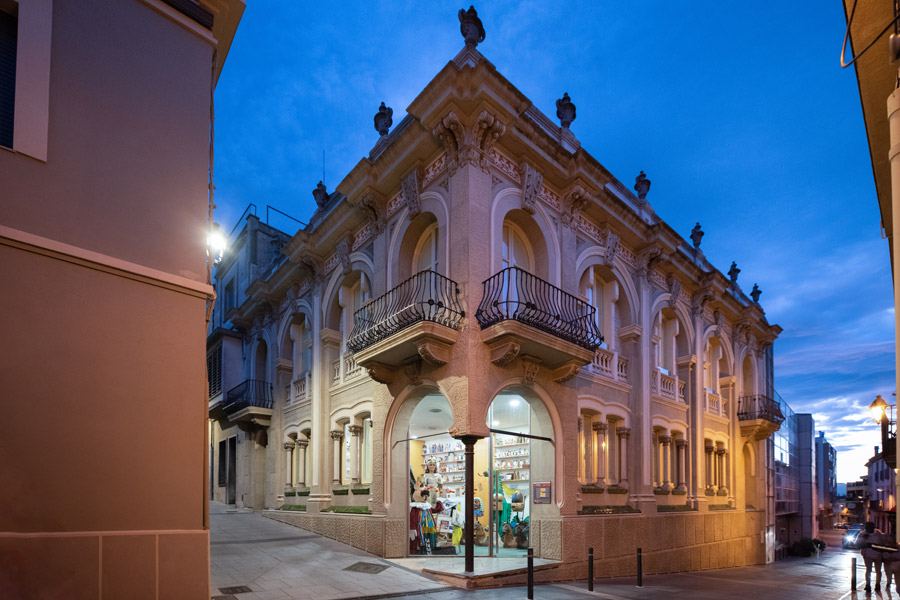A town with history
An old town with medieval origins
The origins of Cassà de la Selva date back to the Middle Ages, specifically the 10th century, when it appears in several documents of the time. In the 12th century a castle was mentioned here, and throughout this period the town grew through its ties to Girona and was a central point on the road that connected this city to the coast. Several buildings located in the town’s old quarter are preserved from this period and the later modern age.
The first and most important of these elements is the parish church of Sant Martí, which, although of Romanesque origin, has a 16th-century Gothic façade with Renaissance elements and neoclassical chapels in the transepts. Inside the church you can admire the copy of the high baroque altar that was sculpted by Pau Costa in the 18th century. The original was destroyed during the civil war, although some elements were saved - the Solomonic columns and angels, among others - which were incorporated into the current copy.
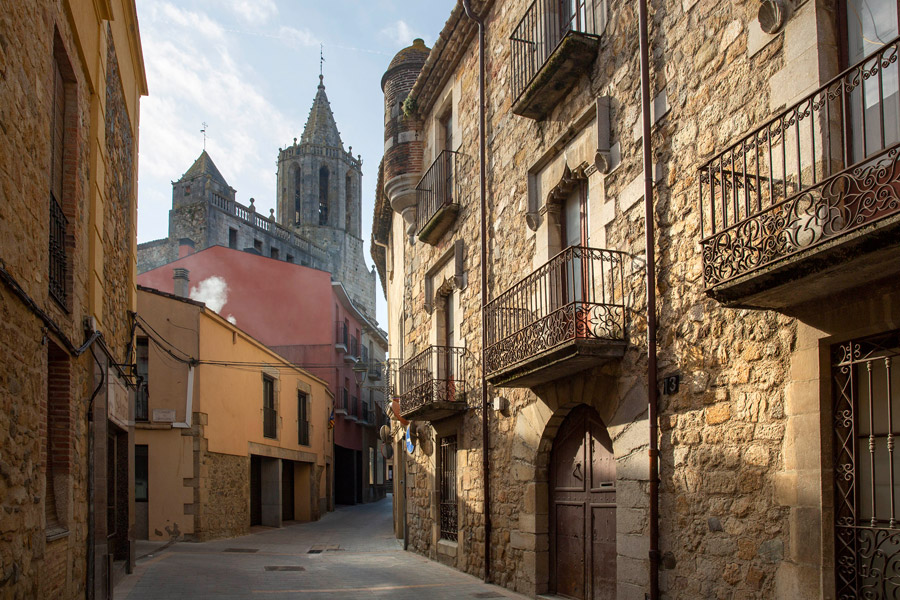
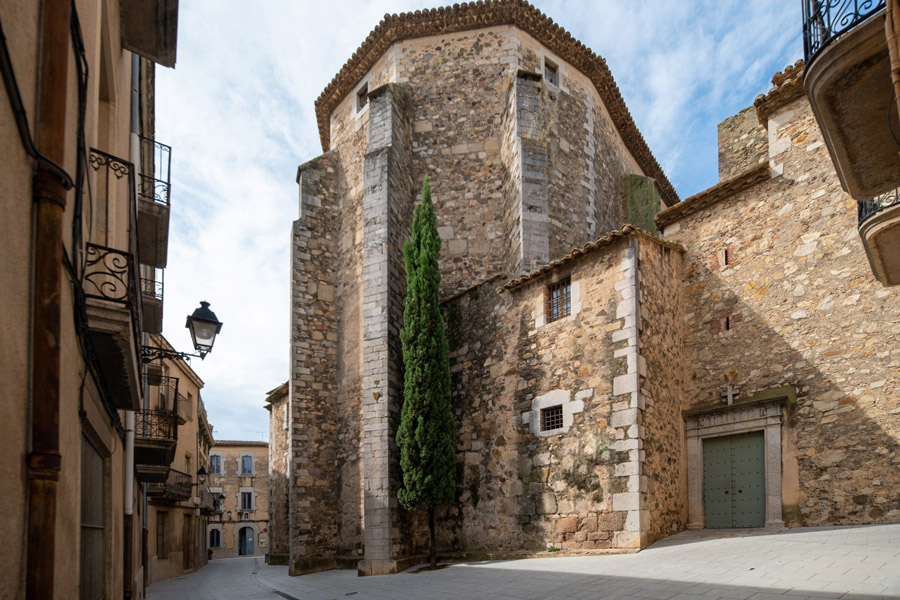
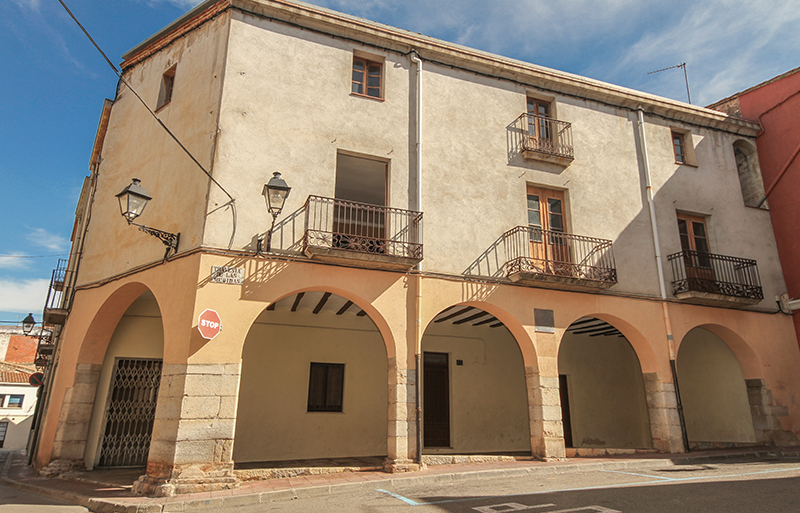
In this same medieval quarter, which constitutes the oldest part of Cassà, we also find the site of Can Frigola and Torre Salvana, on Carrer d'Avall, and the Gothic windows of Can Xifré in Plaça Doctor Botet. Can Frigola and Torre Salvana is a 16th-century Gothic construction consisting of a house and defence tower, which was once used as a prison. The building exterior features a large vaulted entrance, Gothic windows and a circular brick guardhouse.
Continuing along this same neighbourhood, we come across Plaça Petita, a square whose namesake size is indeed small, but which had once been the most important commercial district until it was displaced by Plaça de la Coma. Very close to Plaça Petita is the Travesera de les Mesures, which preserves a covered arcade from the 18th century, where the town’s public scales used to be located.
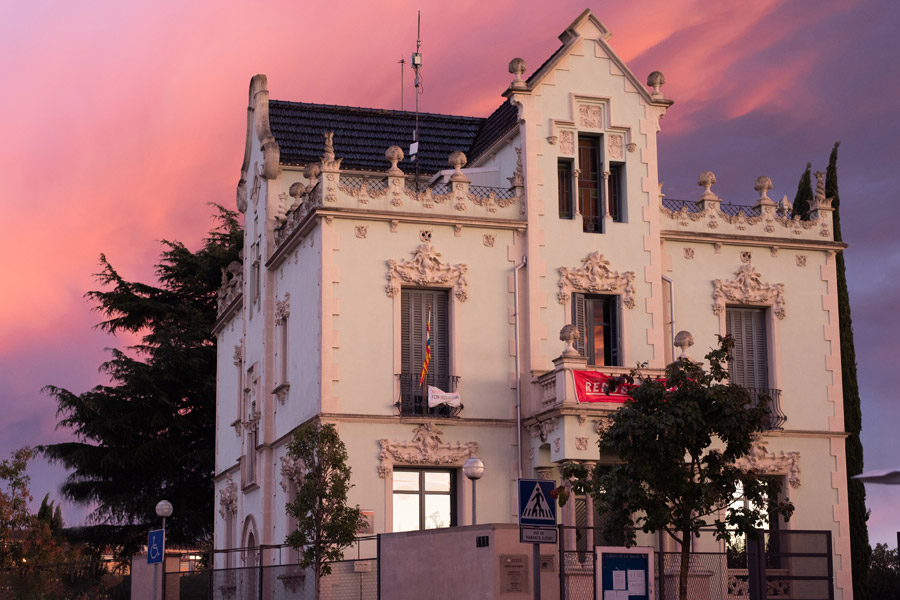
Art Nouveau Buildings
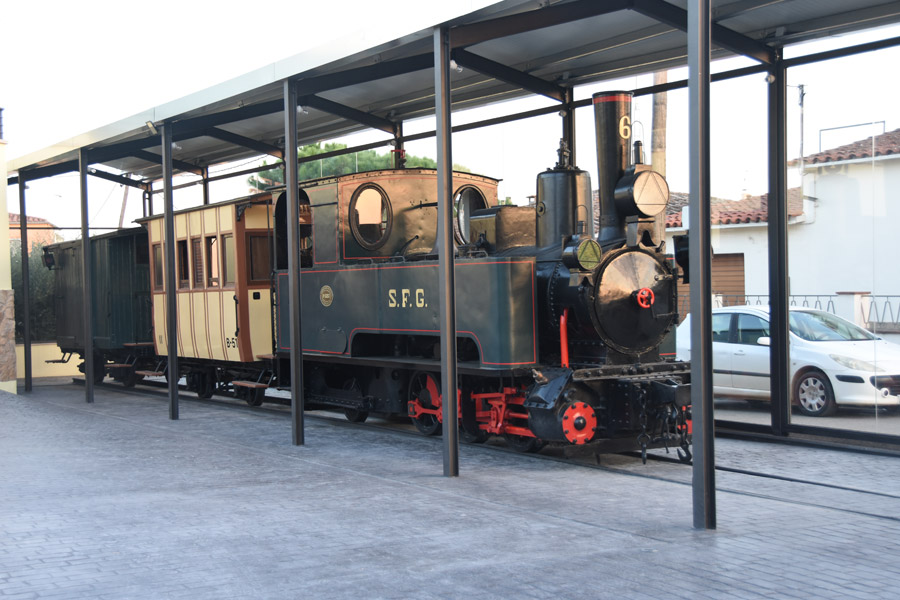
Tren Petit
